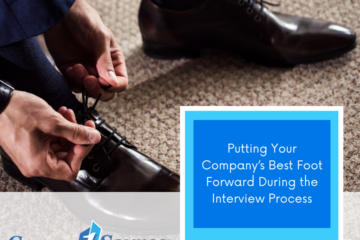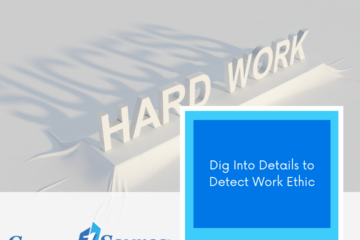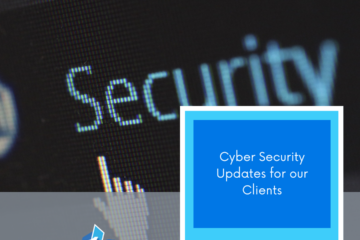Employee retention is a challenge for every company. You don’t want to lose the top talent you worked so hard to acquire. But what strategies really work? Did you know that having a strong onboarding process for your new employees can improve your employee retention by as much as 82%? (Dewar, 2019) With the low unemployment rate we’re seeing now, coupled with an abundance of open positions, it is more important than ever to have a solid onboarding strategy.
The onboarding process should start before your new hire’s start date.
Begin your onboarding process right after the offer is accepted. Set up a weekly call and keep in touch during that downtime between offer acceptance and actual job start date. The hiring authority should have a conversation about job expectations during this time. The goal is to get your new hire excited about starting their new position and what the actual work will look like. Those first days of onboarding in the office are typically full of all the usual HR paperwork, IT setup, and procedural tasks, when most candidates crave the details of the job and what they will be doing, so work with them to get them excited about the actual position between completing all the procedural stuff.
This strategy allows you to set up early wins.
When the new employee has clear expectations and short-term goals set, they can begin their new position with confidence. According to the Harvard Business Review, 60% of companies do not set short-term goals for their new hires. (Carucci, 2018) This leaves the employee stranded with no direction and uncomfortable in their new environment. Start with easy goals that can help your new hire gain their footing. Then, increase the responsibility of each task to build up to their full role within the organization.
This process will also help you learn the strengths of your new employee and where there is room for improvement. Set up future meetings to discuss and evaluate their progress. Set up additional training to improve weak points and let them know what areas they are excelling in. This way, the candidate knows you are vested in their success. The process also brings them further into the company culture and builds positive relationships within the organization.
Structuring your onboarding program this way will cover more than just the first week on the job. Ideally, you should plan on your new employee’s integration into your company being a process for the first year of employment. This may seem like a long time, but a longer onboarding results in higher employee retention. In fact, a negative, or too brief, onboarding process makes employees twice as likely to look for new opportunities elsewhere. (Carucci, 2018)
So, create a strong onboarding process, check-in with new employees often and enjoy the increased productivity and higher employee retention. For more guidance on employee retention and finding top talent for your company, contact the experts at Career 1 Source today.
Works Cited
Carucci, R. (2018, December 03). To Retain New Hires, Spend More Time Onboarding Them. Retrieved from Harvard Business Review: https://hbr.org/2018/12/to-retain-new-hires-spend-more-time-onboarding-them
Dewar, J. (2019, January 29). 10 Employee Onboarding Statistics you Must Know in 2019. Retrieved from Sapling: https://www.saplinghr.com/blog/10-employee-onboarding-statistics-you-must-know-in-2019
A version of this article also appeared on the AgriSync Blog as a guest post from our sister company, Ag 1 Source.



